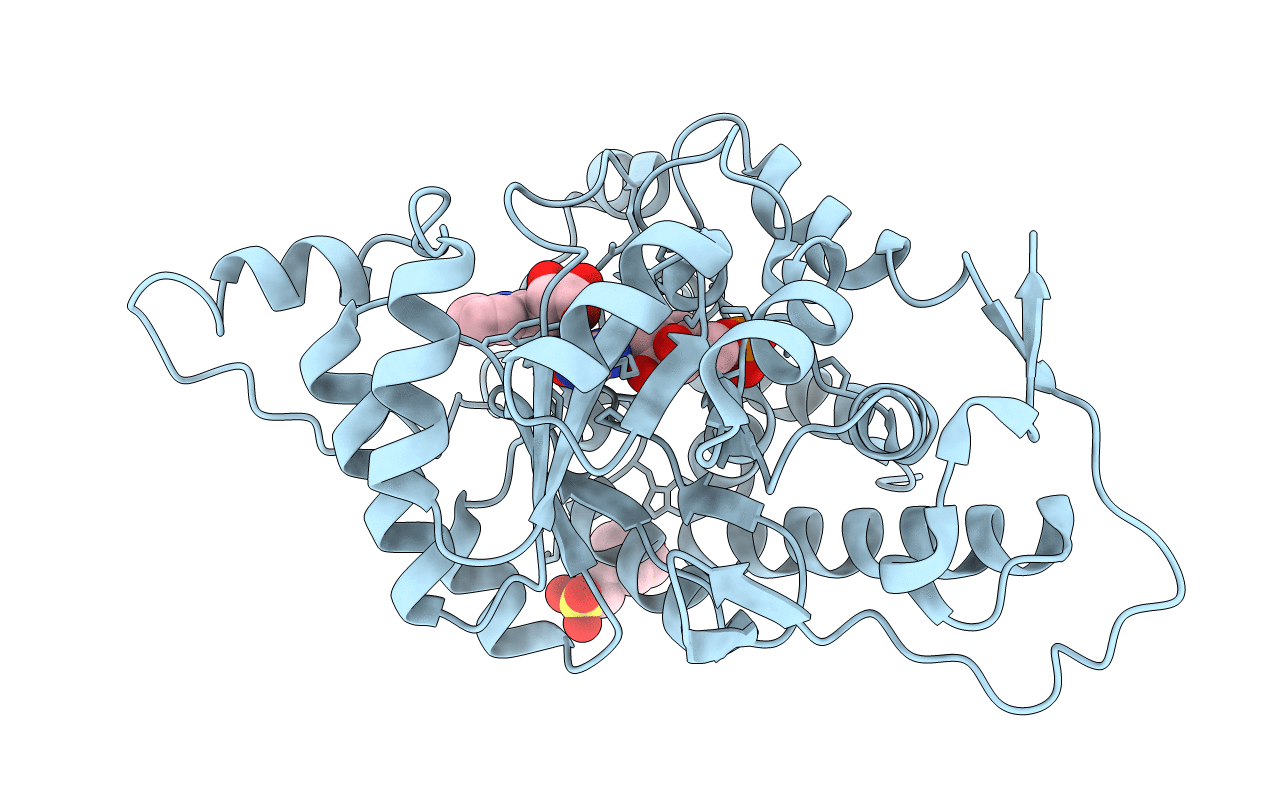
Deposition Date
2005-07-05
Release Date
2006-07-11
Last Version Date
2023-08-23
Entry Detail
PDB ID:
2A7P
Keywords:
Title:
Crystal Structure of the G81A mutant of the Active Chimera of (S)-Mandelate Dehydrogenase in complex with its substrate 3-indolelactate
Biological Source:
Source Organism:
Pseudomonas putida (Taxon ID: 303)
Spinacia oleracea (Taxon ID: 3562)
Spinacia oleracea (Taxon ID: 3562)
Host Organism:
Method Details:
Experimental Method:
Resolution:
2.20 Å
R-Value Free:
0.24
R-Value Work:
0.19
Space Group:
I 4


